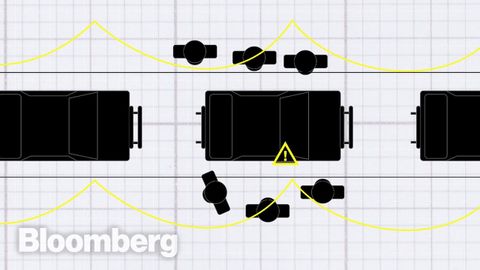跟著影片了解豐田汽車如何不只改變汽車製造業,更改變了全球各生產業!(How Toyota Changed The Way We Make Things)
 沒有此條件下的單字
沒有此條件下的單字US /ɪˈlɪməˌnet/
・
UK /ɪ'lɪmɪneɪt/
- n. (c./u.)大小;規模;魚鱗;比例;等級;標尺
- v.t./i.測量;攀登;魚鱗
- n.地點,處所;處於困境,陷入困境;點;少量,少許;斑點,污漬
- v.t.認出,發現
US /ˈprɛʃəs/
・
UK /'preʃəs/
- adj.可愛的;極少的;珍貴的;過分講究的;昂貴的;寶貴的
